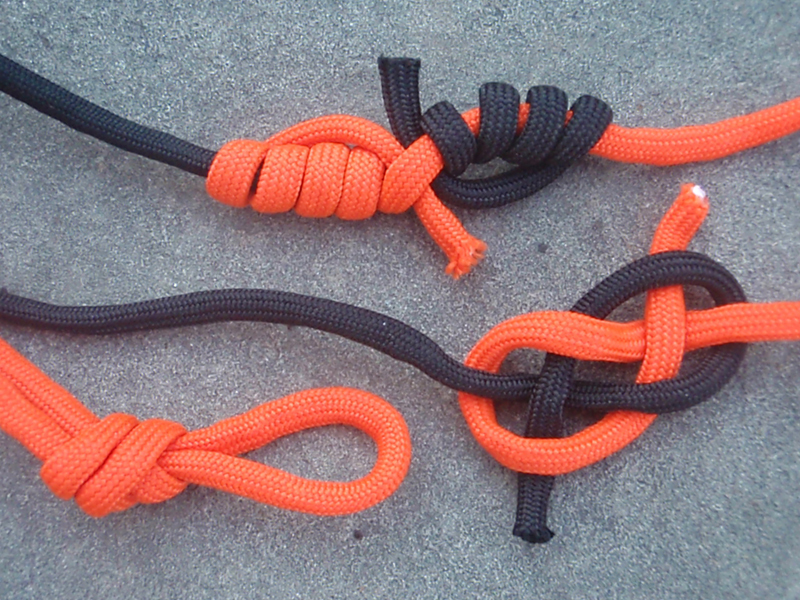Perspective of someone who races sailboats, and then uses those lines for general purpose stuff after they've aged out of racing condition: Polyester lines are very weak, and have a LOT of stretch. Sometimes those are desirable properties, like for dock lines on a boat, where the stretch acts as a shock absorber, and having a weak like can prevent tearing out a cleat if things go really wonky.
Hi-tech lines like dyneema and vectran are easily 10x the strength of polyester, but are slippery and don't hold up as well to UV or abrasion. Great in single-braid configuration for things like halyards or standing rigging expensive racing boats, where you don't mind replacing the line every year ($$$), but not for the everyday joe.
The sweet spot, where you find most general purpose lines and control lines, is a polyester or polypropylene jacket over a dyneema or vectran core, as a double braid configuration. Low stretch, feels good in the hands, good UV resistance, coils nicely without kinking, etc.
For Polyester line properties, look at "Robline Dinghy Sheet", only 935 lb. at 6mm. For pure Dyneema, look at something like Amsteel Blue, 8600 lb. at 6mm. The compromise would be something like V-100 from New England, which is polyester over Vectran, coming in at 4600 lb. for a total build of 6mm (probably 3mm Vectran + 3mm polyester).
I'm actually surprised to hear you say loggers use polyester, I'd have assumed nylon would be their preference. No experience there, but nylon has less stretch and better strength than polyester, at similar cost. Polyester is usually just the cheap chit you buy at Walmart, not what anyone who knows lines and ropes would use by choice, for most applications.

